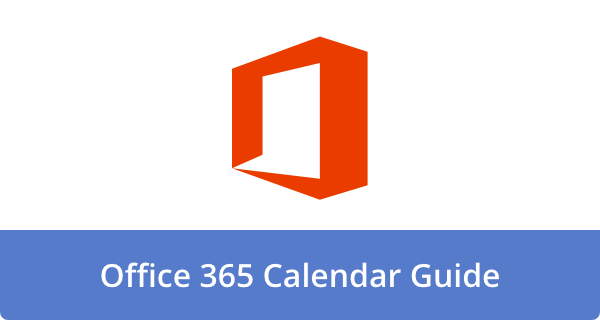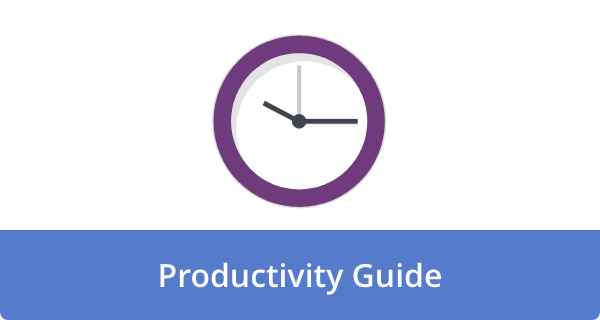

You know that feeling when you land in a new city and your calendar looks like a game of Tetris? Travel weeks can devour focus. Yet the same constraints can help you sprint on the right work if you design for them. Here’s the playbook I use with execs and teams to turn planes, hotel rooms, and rideshares into quiet leverage. It is not about heroics. It is about repeatable rituals that reduce friction and protect your highest-value work.
1) Bookend your days with a 15-minute travel brief and debrief
Each morning, write a three-line brief:
- The single win you must secure,
- The two support tasks,
- One thing you will ignore.
Each evening, debrief in the Notes app:
- What moved,
- What blocked,
- What to queue for tomorrow?
This 30-minute loop replaces scattered thinking with a simple control system. It works because constraint clarifies: a day with five meetings cannot hold twelve priorities.
2) Ship a one-page travel operating plan before you go
On the Friday prior, draft a one-page document listing your mission outcomes, a meeting map, the two power hours you will protect daily, and your recovery basics. Share it with your assistant, manager, or travel partner. The plan acts like glue when flights slip or clients reschedule. Clarity prevents reactivity and rescues attention from the chaos.
3) Lock two power hours and three buffer blocks on the calendar
During travel weeks, time is the scarce asset, not ideas. Put two 60-minute focus blocks on your calendar at booking time and set three 20-minute buffers around external meetings. The buffers handle overruns and commuting. The focus blocks create a default place for thinking work. Protect them like revenue, because they probably are.
4) Run a hotel room setup ritual in 7 minutes
When you enter the room, do the same sequence every time, whether you’re traveling for work or fun (where you still work a little on the side while you’re there). Move the desk to face a wall, plug in every device, place your notebook and water on the left, and preload tomorrow’s first file on your laptop. Tape the Wi-Fi code to your laptop lid. This ritual eliminates micro-delays the next morning and signals your brain that the room is now a studio, not a lounge.
5) Carry a “mobile office” kit that fits in a quart pouch
Pack a short extension cord, two USB-C cables, a tripod phone stand, a foldable Bluetooth keyboard, sticky notes, and three earplug pairs. That’s it. You will use every item. The kit allows you to turn a gate seat into a desk in 60 seconds and a rideshare into a dictation booth. Small frictions compound on the road; so do small conveniences.
6) Use color to manage energy, not categories
Color your calendar by energy type: green for deep work, blue for collaboration, yellow for admin, red for travel. Then check the ratio each night. If green disappeared, you are managing meetings, not outcomes. The color audit helps you trade a low-value coffee chat for 30 minutes of pre-read time that saves a clumsy meeting later.
7) Make planes your offline studio with a paper packet
Before boarding, print or save one packet in offline mode: two briefs to mark up, one thorny doc to outline, and one page of questions. Put your phone in airplane mode and place it in the seatback. Most domestic flights give you 90 to 180 quiet minutes. Travelers who treat flights as studios consistently have clearer thinking than those who chase in-flight Wi-Fi.
8) Stack “ride calls” to reclaim 30 to 45 minutes per day
Keep a rolling “ride stack” of three call types: approvals, updates, and quick coaching. Slot them into rideshares and airport walks with a headset. The tactic is simple math. If you move three 10- to 15-minute calls into transit, you free a 30-minute focus block later. Use judgment in loud environments, but the reallocation pays every time.
9) Triage email with a three-folder rule at night
Create three folders: Action, Awaiting, and Archive. Once each evening, clear the inbox by moving everything into one of the three. Reply only if it takes less than 2 minutes. The goal is not zero forever. It is sleep without cognitive residue. You start tomorrow, focusing on work that matters instead of digging out of overnight threads.
10) Cap meetings with a “3-yes” rule
During travel weeks, accept at most three new meetings beyond your must-dos. Everything else moves to async notes or a one-pager. Scarcity forces clarity in others, too. You will get better pre-reads and sharper questions when time is visibly finite. If you need a compromise, offer a 12-minute stand-up instead of the default 30-minute one.
11) Keep a recovery floor: sleep, movement, protein
Pick a minimum: 7 hours in a dark room, a 20-minute brisk walk after lunch, and a protein-heavy breakfast. That floor keeps decision quality high and prevents the mid-week crash. On the road, you cannot optimize everything. You can stabilize the basics that drive cognition and mood. Travelers who protect recovery make better strategic calls.
12) Close the loop with a Friday “field report” to yourself
On the flight home, send a short email to Future You: what you shipped, who you owe, next steps, and one lesson for the playbook. Tag it “Travel Report.” It becomes a searchable log that accelerates your next trip. The meta-benefit is emotional closure, which helps you re-enter at home without a mental hangover.
Final thoughts
Travel will always introduce noise. The solution is not to work more on the move but to ritualize the few moves that unlock progress. Pick three rituals from this list and run them on your next trip. After two cycles, add two more. Within a month, you will notice the compounding effect: less scrambling, clearer outputs, and enough margin to enjoy the city you just flew to. That is a productive travel week.











Deanna Ritchie
Editor-in-Chief at Calendar. Former Editor-in-Chief, ReadWrite, Editor-in-Chief and writer at Startup Grind. Freelance editor at Entrepreneur.com. Deanna loves to help build startups, and guide them to discover the business value of their online content and social media marketing.